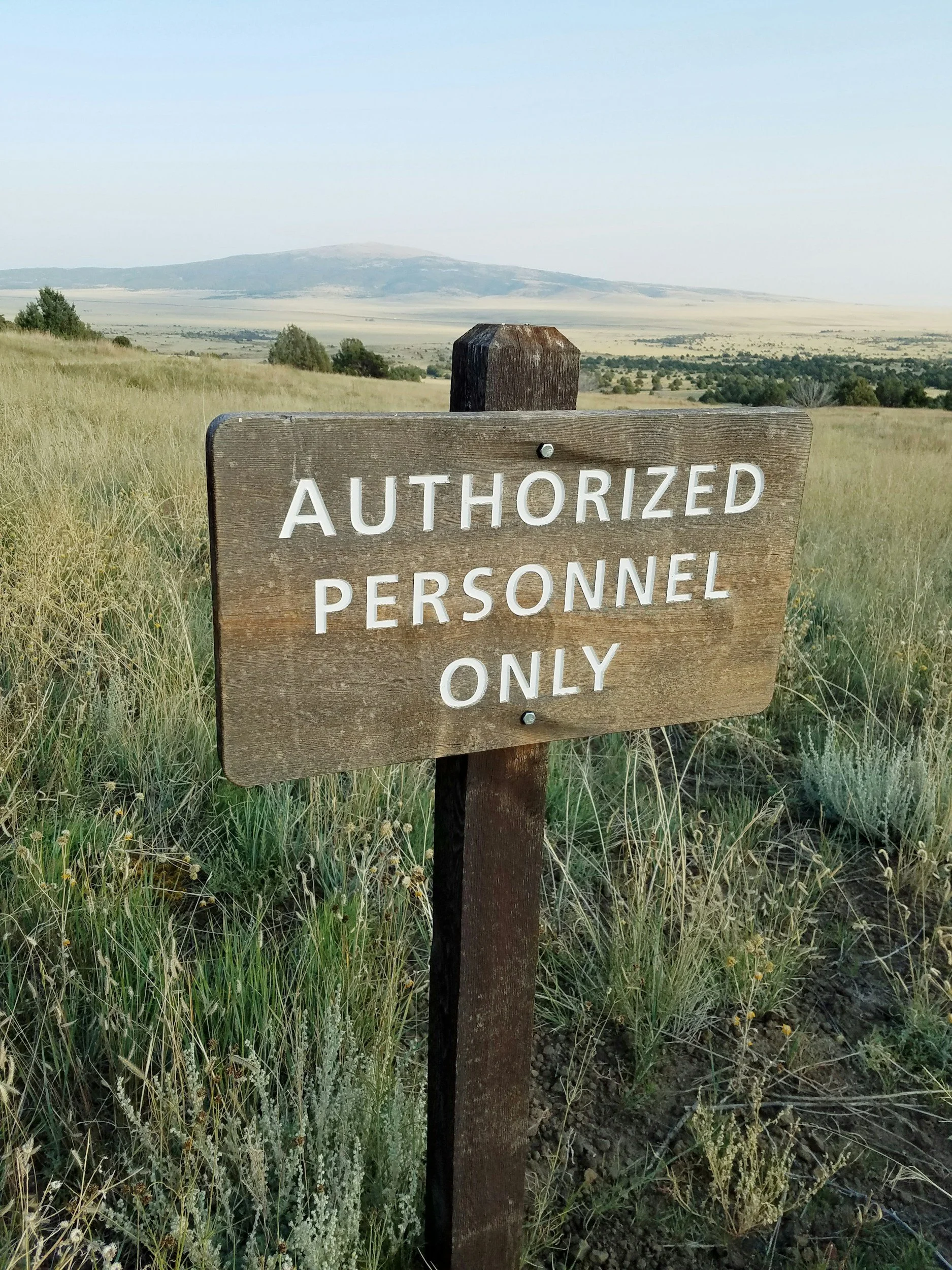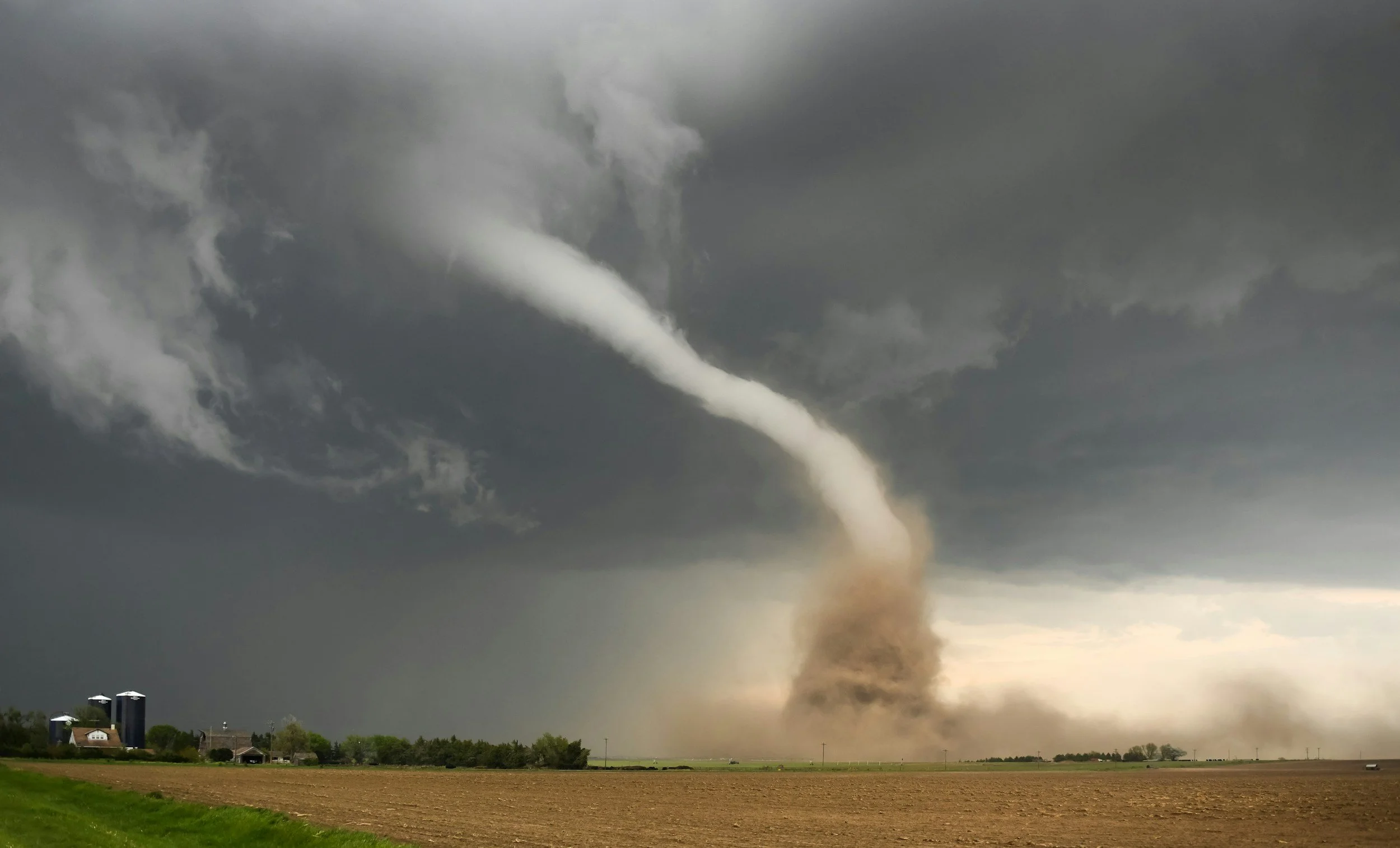TOOLS, STORIES, and MORE
Tis the season to be jolly. And merry. And joyful.
Tis the season to be jolly. And merry. And joyful.
But what happens when we are not?
Do we judge ourselves for not matching the mood in the room?
Do we silently condemn others for their lack of cheer?
Or do we slide into despair, convinced something is wrong with us because we cannot conjure up joy on command?
This time of year has a way of shining a bright light on the tension between how we think we should feel and the truth of how we actually feel. I often remind my clients, and myself, that authentic positivity is not about pretending. It is about understanding the complexity of being human. Emotions swirl together like a candy cane or one of those refrigerator-sliced cookies.
Rewriting the Holiday Script
Elizabeth looked like she had everything together the week before Thanksgiving. Her calendar was neatly mapped out. She had a day set aside for her hair, another for her nails, and her Prime Day list was organized by category. She was determined to create the most magical holiday season yet. By all appearances, she had mastered it.
By January 2, the gloss had worn off. She could not find her hairbrush. She could not find her toothbrush. Her bank account was in the red. Her closest relationships were strained, not because of conflict, but because she had spent her emotional energy trying to keep up with obligations that did not matter. The season that promised magic had left her depleted.
Choosing Kindness After a Thousand Paper Cuts
Many of us know what it’s like to carry invisible bruises from the past.
Maybe yours came from a difficult childhood where you were never truly seen.
Or from a toxic or abusive relationship that chipped away at your self-worth.
Or perhaps from a “culty” or controlling organization that rewarded compliance and punished individuality.
Yet, despite it all—you chose kindness.
You learned how to be cautious but not cold. Realistic but not resentful. You’ve come to see the world through a lens that recognizes pain and still chooses empathy.
But for many, living with this kind of awareness can feel exhausting. You might wrestle with trust, hypervigilance, or shame that feels like it comes out of nowhere. These patterns often trace back to something deeper—Complex Post-Traumatic Stress Disorder (C-PTSD).
C-PTSD often develops from long-term exposure to trauma—especially the kind that happens in relationships where you had little power or control. It can come from chronic neglect, emotional abuse, religious or systemic control, or being raised in a home where love was conditional.
The Economy is in the Toilet. Is Your Mood There Too?
Many of us are working—but not thriving. We’re clocking in, maybe earning—but we don’t feel safe, respected, in control, able to grow, or financially secure. The study shows that when you do have quality job conditions, you are healthier, more engaged, more resilient. When you don’t—your mood, body, mind suffer.
Think about it like lifting weights or working out. It’s not comfortable. It’s not easy. But over time we see the visible muscle growth, fewer health risks, stronger bones. Change in the workplace—adopting better quality jobs, better practices—is like that. The initial strain is worth it. We are wired for efficiency and pattern. For comfort. For avoiding pain. But growth asks for some discomfort. Healing asks for some transformation.
Loving Without Losing Yourself
Codependency looks like:
Constantly trying to fix or rescue others
Feeling responsible for other people’s emotions
Avoiding conflict or boundaries to “keep the peace”
Neglecting your own needs and desires
It’s a painful paradox: in trying to be loving, we end up disappearing.
Responding vs. Reacting:Lessons from the Golf Course
The weather was perfect, and the humor lighthearted. We joked about how our swings would likely be "mighty" but miss the ball, or how a drive might resemble more of a putt.
But as we drove across the road that runs through the middle of the course, the mood shifted. Out of nowhere, an older man waved his club above his head in a threatening way while another golfer offered us an equally aggressive double birdie (not the kind with a golf ball and hole on the green).
Confusion hit first:
Was that directed at us?
Then fear:
This man is coming toward the car with his club raised.
Quickly followed by anger:
How dare they interrupt my day of joy?
Before I realized it, I was swept up in the cycle—shouting, finger-wagging (an equally fierce double birdie), and reacting in ways I am not proud of.
In that moment, the ego had taken charge.
Breaking Up Because of Socks
Recent conversations and laughter in my house revolve around socks. Which are the latest trend? Can you guess someone's age by their socks? What does your sock tan line say about you?
As silly as this seems, it highlights how we often find countless reasons to judge what's the "right" way to be in the world, leaving others labeled as "wrong."
Have you ever broken up with a friend over socks—or perhaps for even lesser reasons?
Authority
Reflecting on the Stanford Prison Experiment and the dynamics of authority, it's unsettling to realize how easily we can fall into the trap of obeying toxic and abusive leaders. The experiment, which took place in 1971, revealed how quickly ordinary people could be conditioned to exercise cruelty or submit to it when placed in a hierarchical system that legitimized such behavior. It demonstrated that even good people could be corrupted when immersed in an environment that blurs the lines between right and wrong.
But why do we follow leaders and authority figures, even when we know they are causing harm?
Daddy’s Money
I've worn “bleacher buns” for 25 years. I work out my quads springing up from sitting to standing with each whistle and play. I travel thousands of miles to watch the blood, sweat, and tears for football, basketball, volleyball, and lax.
I have heard my fair share of heckling from the other fans. It gets under my skin. I KNOW this about myself and every time I sit in the stands, I prep myself for the taunting messages; a flat, no lipped smile and focus on the game.
It's all part of the game. On and off the field, there is an aura where everything is sport-even the taunting.
I Changed My Mind
In some external spaces, this act is forbidden, deemed unacceptable, and even regarded as an act of betrayal.
However, within our inner spaces, this is difficult work with the potential for profound transformation.
A few years ago, I started thinking of possibility. I began to dream of a different world. I dared to imagine life could be different. I was involved a system that taught certainty meant safety, yet in reality, it gave power for a select few and oppression for most.
I entered the system looking for safety after a life altering traumatic event.
The Importance of Mirrors
In both life and work, mirrors are essential. Not the literal ones we glance at daily, but the metaphorical mirrors—the people in our lives who offer us reflections of ourselves. Often, we are so immersed in our own perspectives that we fail to see where our blind spots lie. This is where the mirror of someone else’s perspective becomes invaluable, helping us recognize not only our strengths but also areas where we have opportunities for growth.
The Monastery, Kimchi, and Change
Change doesn’t come without distress, or at least a moment of discomfort. This lesson hit me while visiting St. John the Evangelist Monastery in Cambridge. I had arrived expectant—eager for a transformative epiphany. I sat in the library, surrounded by books and a serene view of the Charles River, waiting for something profound.
Mental Fitness
Think of mental fitness as a workout you can do in sweatpants. Every day, you get a chance to cross train by managing your mental health as you practice healthy habits: sleep, nutritious food, boundaries, etc, and by listening a little more deeply, responding a little more mindfully, and extending a little more empathy.
Letting Go
And he said:
Your children are not your children.
They are the sons and daughters of Life’s longing for itself.
They come through you but not from you,
And though they are with you yet they belong not to you.
Put Yourself Out There
Theodore Roosevelt’s iconic words from "The Man in the Arena" have inspired countless individuals to embrace the messy, unpredictable journey of putting themselves out there. This powerful quote from his 1910 speech, Citizenship in a Republic, reads:
“It is not the critic who counts; not the man who points out how the strong man stumbles, or where the doer of deeds could have done them better. The credit belongs to the man who is actually in the arena, whose face is marred by dust and sweat and blood; who strives valiantly; who errs, who comes short again and again, because there is no effort without error and shortcoming; but who does actually strive to do the deeds; who knows great enthusiasms, the great devotions; who spends himself in a worthy cause; who at the best knows in the end the triumph of high achievement, and who at the worst, if he fails, at least fails while daring greatly…”
Adulting
Ah, “adulting.” The very word often conjures up visions of endless bills, groan-worthy responsibilities, and a general sense of “Why didn’t anyone prepare me for this?” For many of us, growing up isn’t a process we choose so much as a set of decisions and responsibilities that seem to sneak up on us. Suddenly, we’re out of school, faced with a cascade of life decisions that only we can make, and no one is around to grade our efforts.
Sonder
I am paying closer attention to people around me. I remember being in a grocery store, standing behind an elderly man with his cart full of produce. Normally, I would have been impatient, mentally running through my to-do list. But in that moment, I wondered about him — about the years that had brought him to this grocery aisle, his memories, and the life he’d lived. It felt like I could almost see the story etched in his face: moments of hardship, resilience, and love. It changed how I felt about that entire experience.
Ubuntu
I’ve been thinking a lot about the concept of Ubuntu, thanks to my marketing guy in South Africa, George, who reminded me of this beautiful philosophy as we discussed some themes in my work and business. Ubuntu is an African philosophy that Archbishop Desmond Tutu described as “the essence of being human.” It’s often translated as “I am because we are” or “humanity towards others.” Ubuntu means recognizing that our lives are intricately connected, that we don’t exist in isolation but as part of a greater whole. It’s about community, compassion, and understanding that, on this journey of life, we truly need one another.
Scarcity of Self
It’s easy to fall into the rhythm of doing. The checklist, the expectations, the roles we inhabit—they give us purpose, or at least the illusion of it. We move from one task to the next, robotically fulfilling what’s required. Day in, day out, it feels like enough. Or maybe it just feels necessary.
But somewhere beneath the surface, there’s a quiet unease. A tug you can’t quite name. A nagging feeling that something is missing—not in the world around you, but within you.
Time As A Friend
In our modern lives, it can feel like we’re living out a scene from the movie Twister—except instead of cows, cars, and houses swirling around, it’s grocery lists, emails, spreadsheets, coffee cups, holiday party outfits, Pelotons, and that endless to-do list. Every second counts, so we’re in a constant race to move from one activity to the next, trying to keep up as if each task holds the key to survival. While the storm of tasks can’t simply be paused, learning to slow down and reclaim time can bring relief and clarity. Here are three ways to manage time better, restore balance, and start treating time as a friend, not an enemy.



















